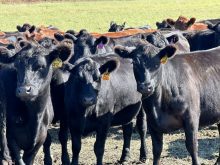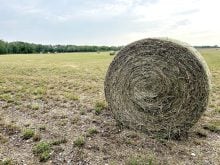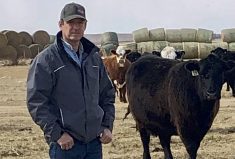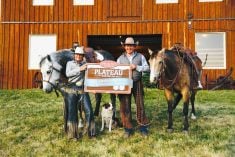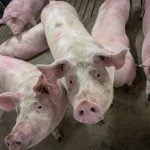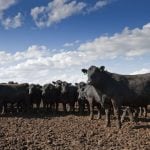The spike in cattle prices has led to some earnest soul-searching on farms and ranches. The concern is not so much in whether to buy or sell, but the longevity of high prices. How do we stay in the game for the long run?
That is the question that has been asked of me in many communities across the Prairies this winter.
Cow-calf operators enjoyed a fabulous (and long overdue) rally in prices as the Americans pounced on feeder cattle, driven by their own shortages, an abundance of corn, and a vastly depreciated Canadian dollar. If you were an average Prairie producer, then your cost of developing a weaned calf should be around $110 cwt. That put your total costs at an approximate $660, weight dependent, with a good $800 per head in the money jar. If that is where you play and want to stay, then it is important to be aware of the basic marketing tools that you need to stay in that game.
Read Also
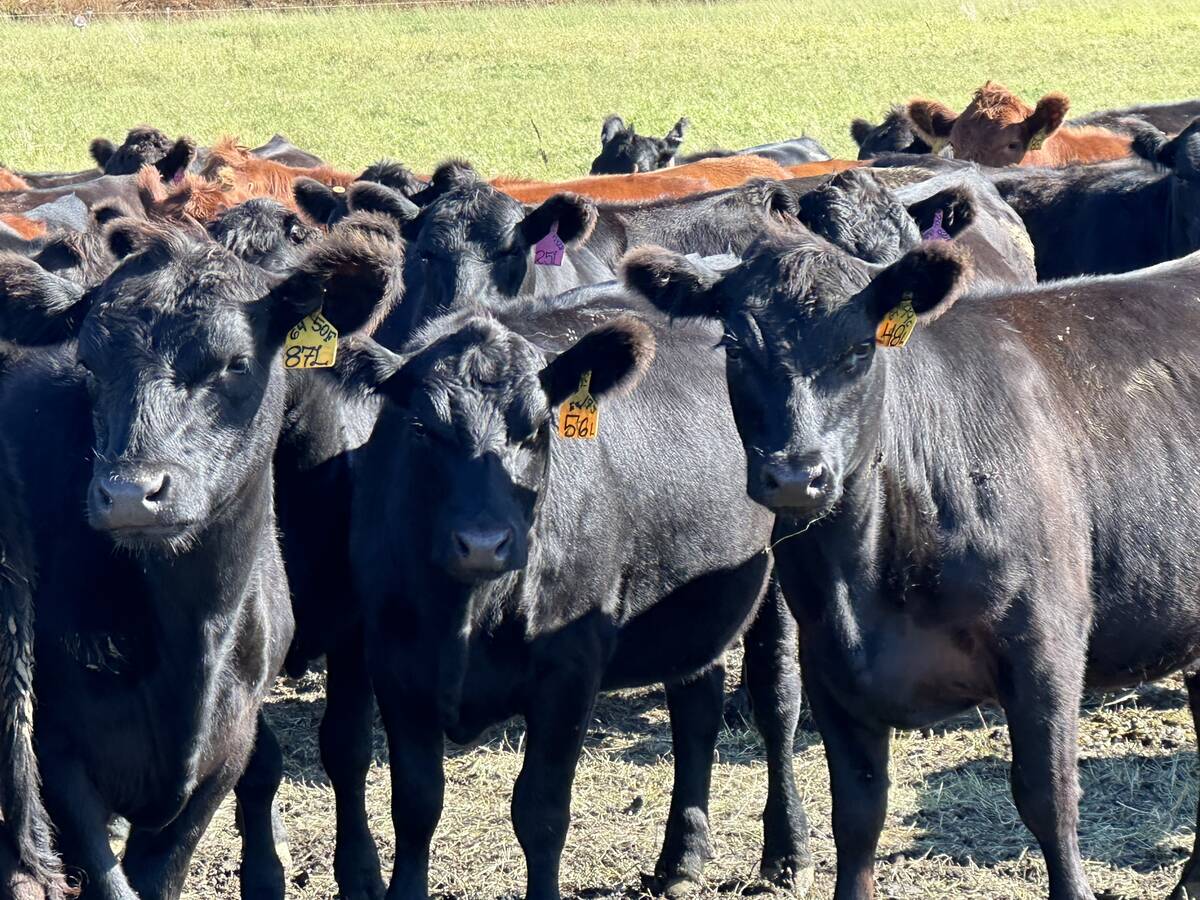
Want to track the cattle industry? Follow the heifers
Beef specialists examine key indicators in Canadian market for growth patterns in cattle markets
We know that uniformity (U) is a reflection of fertility in a herd. This is the first driver in the development of cattle prices. I have always maintained that as a buyer of calves and feeders, I want to lay a board across their backs and a board under their bellies with little space to show. More importantly, I want to see that degree of uniformity across the whole lot of cattle because it is a first indicator of relative age and performance in cattle that are genetically complimentary.
- More with Brenda Schoepp on the Alberta Farmer: Abrupt change in rules for temporary foreign workers is wrong
From the producer’s perspective, uniformity is achievable by careful selection of bulls, nutritional attention to all stock, and heavy culling on the outliers that come in late. There are simple relationships to fertility in bulls as even scrotal size for the breed has a bearing. And cows with good feet and udders compliment the longevity of the fertile cow in the herd. Most important in the benchmarking of these cows is to have the majority calve in the first cycle (21 days) and to have a continuum of growth performance on the calf from birth to bistro. That means that as we measure the performance of the calves and record that data, we look for fertile cows that as a group produce uniform calves that have a continuous growth curve.
Post-calving scours will cost the calf in terms of performance on the cow, in the feed yard and on the rail. The astonishing evidence of the effect of scours points to it as one of the biggest handicaps to profitability. Calving in clean, open areas and moving cattle to a plot of clean land post-calving is very important in the overall profitability of the herd, because it is preventive in nature.
The next step in lining up for both good and bad times is to understand pricing (P) when it comes time to sell cattle. There are many methods to price cattle and manage that risk. Generally, feeder cattle are always priced on the average. What this means is that unless you differentiate in some way or manage your price risk in some way, you will not obtain premium pricing or sale conditions. A good example is “dumping” the cattle at an auction without any discussion on the merits of the cattle such as no administered hormones or treatments. They will be priced on the average of the day — both the low and the high of the average. The same cattle that have a description of production practices will bring more money. We see this especially in any type of electronic auction or direct sale where the buyers may review the attributes of the cattle. In some cases this past year, the premium over the average high on differentiated cattle was $30 cwt.
Selling cattle is a very transparent process. In addition to many options including direct sales, there is a wider variety of buyers who have special interests because they have contracts with end-users that may widen in reach be they restaurants or export sales. At all levels, animal welfare is the primary concern. Producer, seller, buyer and transporter all have a stake in the game. Stress causes shrink (S) in cattle and that lost weight is lost pounds. Sure, the calves may have brought $300 cwt because they weighed 450 pounds at the time of sale. But the real question is — how much did they weigh before that?
As a cattle buyer, one likes to see a little shrink or lost weight to account for the gut fill. Calves and feeder cattle bought on a full stomach are costly and all opportunity of compensatory gain for the buyer is lost. What nobody should sell or buy is the extremely stressed and shrunk calf that is health compromised. Cattle are entrusted to our care from start to end of sale and by not paying attention to stress, dehydration, starvation, discomfort and excessive light, movement, mixing or sound we not only should dismiss ourselves as cattlemen and women from a welfare perspective but we simply do not make any money.
Think of it this way. The job of the cattleman and cattlewoman is to make money in both the production and sales of cattle. As you plan the future, remember the simple rules of UPS — uniformity, price and shrink. That keeps us focused on basic fundamentals of profitability.




